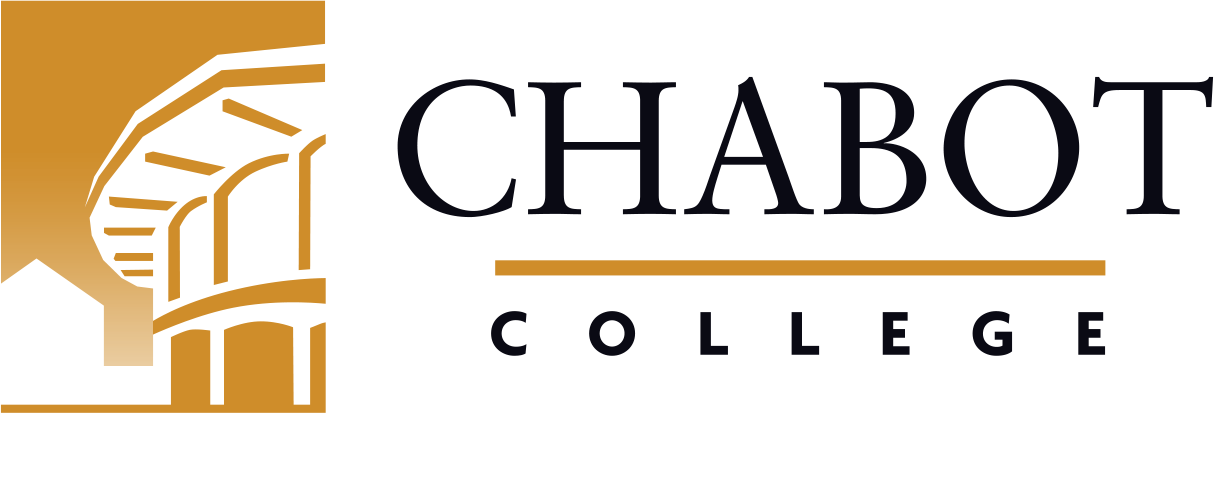
Course Outline for Dental Hygiene 57
Expanded Functions for the Dental Hygienist
Effective: Fall 2022
SLO Rev: 09/04/2021
SLO Rev: 09/04/2021
Catalog Description:
DHYG 57 - Expanded Functions for the Dental Hygienist
2.00 Units
Dental hygiene advanced clinical functions including clinical practice in administration of local anesthetics, topical anesthetic agents, nitrous oxide/oxygen analgesia and soft tissue curettage.
Corequisite: DHYG 54 and DHYG 81A.
1240.20 - Dental Hygienist*
Letter Grade Only
| Type | Units | Inside of Class Hours | Outside of Class Hours | Total Student Learning Hours |
|---|---|---|---|---|
| Lecture | 1.00 | 18.00 | 36.00 | 54.00 |
| Clinical | 1.00 | 54.00 | 0.00 | 54.00 |
| Total | 2.00 | 72.00 | 36.00 | 108.00 |
Measurable Objectives:
Upon completion of this course, the student should be able to:
- assess a patient's medical and dental history and devise a sequential treatment plan so the patient is treated completely and efficiently;
- assess patients' medical history to determine their suitability to receive local anesthesia and determine what precautions, if any, should be taken prior to administering local anesthetic;
- discuss methods of anxiety control and articulate methods of introduction of local anesthetic and nitrous oxide/oxygen analgesia;
- identify the advantages and disadvantages of administering local anesthesia and nitrous oxide/oxygen analgesia in the practice of dental hygiene;
- identify the indications and contraindications to administering local anesthesia and nitrous oxide/oxygen analgesia;
- identify the complications which may result from the administration of anesthetic agents and the proper management or emergency procedures to use in response to these complications;
- calculate the maximum safe dosage of local anesthetic for any given patient;
- identify the armamentarium required for administration of local anesthetic;
- identify which nerve, teeth, and soft tissue structures are anesthetized for each of the intraoral injections;
- successfully administer local anesthesia following procedural guidelines;
- describe the signs and symptoms of nitrous oxide/oxygen analgesia;
- identify the components, safety features and recommended maintenance of the nitrous oxide/oxygen analgesia equipment;
- describe and demonstrate the procedures for administering nitrous oxide/oxygen analgesia;
- successfully administer nitrous oxide/oxygen following procedural guidelines;
- identify the goals and rationale for soft tissue curettage procedures;
- assess patients' medical history to determine their suitability to have soft tissue curettage procedures and determine what precautions if any should be taken prior to performing soft tissue curettage;
- identify the armamentarium required for soft tissue curettage procedures;
- describe the stages of the healing process and explain any possible interferences;
- document dental hygiene expanded functions according to course guidelines;
- identify safety measures to prevent occupational exposure during the administration of nitrous oxide/oxygen analgesia and local anesthesia;
- identify and describe 4 different topical anesthetics;
- discuss the role of neurophysiology in local anesthetic use;
- describe the pharmacologic action of local anesthetics and vasoconstrictors;
- identify and describe the function of alternative assisted delivery devices of local anesthetics;
- select the proper local anesthetic agent for use on a patient after assessing medical history following proper treatment protocols.
Course Content:
- Review of the Human Needs Theory as related to pain control procedures
- Protection from health risks
- Freedom from fear and stress
- Freedom from pain
- Skin and mucous membrane integrityo of the head and neck
- Review of head and neck anatomy, trigeminal nerve and its branches as related to local anesthesia
- Local anesthetic agents: topical
- Indications and contraindications for use
- Techniques and procedures for application
- Patient assessment and anesthetic agents selection
- Indications and contraindications for use
- Dental emergencies
- Local and systemic complications
- Legal considerations
- Nitrous oxide/oxygen analgesia
- Indications and contraindications for use
- N2O/O2 equipment
- Administration of nitrous oxide/oxygen sedation
- Indications and contraindications for the use of expanded functions:
- Local anesthetic
- Nitrous oxide/oxygen analgesia
- Soft tissue curettage
- Administration of local anesthetics
- Techniques and procedures for administration of local anesthesia
- Soft tissue curettage
- Indications and contraindications for soft tissue curettage
- Treatment planning of advanced functions
Methods of Instruction:
- Audiovisual aids
- Case Studies
- Lecture/Discussion
- Demonstration/Exercise
- Clinic
- Practice/Demonstration
- Written assignments
- Distance Education
Assignments and Methods of Evaluating Student Progress:
- Chapter assignments
- Local anesthetic dosage calculation case study worksheet
- N20/02 sedations activity stations worksheet
- Soft Tissue Curettage (STC) discussion assignment
- Quizzes
- Written Competency Evaluations
- Case Based Midterm Examination
- Case Based Final Examination
- Clinical Competency Evaluations
Upon the completion of this course, the student should be able to:
- determine patient suitability to receive local anesthesia based on patient's medical and dental history;
- properly prepare armamentarium for administration of local anesthesia;
- determine dosage and administer appropriate local anesthesia based on patient assessments and need, to a level of competency;
- administer N2O/O2 sedation based on patient assessments and need, to a level of competency;
- treatment plan and administer soft tissue curettage based on a clinical patients periodontal assessment, to a level of competency;
- identify possible medical emergencies related to the administration of local anesthesia, and identify methods of prevention and treatment.
Textbooks (Typical):
- Malamed, S. (2020). Handbook of Local Anesthesia (7th). Elesvier.
- Boyd, L. D., Mallonee, L. F., & Wyche, C. J. (2021). Clinical Practice of the Dental Hygienist (13th). Jones & Bartlett Learning.
- Protective clothing, eye wear, gloves, mask
- Local anesthetic syringe, needle capper
- Instrument kit
- Skull (Purchased for DH61)
Abbreviated Class Schedule Description:
Dental hygiene advanced clinical functions including clinical practice in administration of local anesthetics, topical anesthetic agents, nitrous oxide/oxygen analgesia and soft tissue curettage.
Corequisite: DHYG 54 and DHYG 81A.